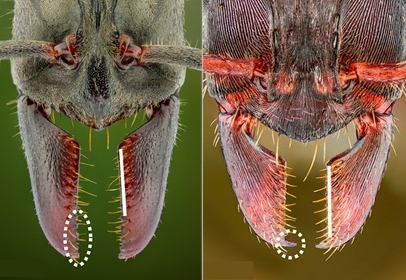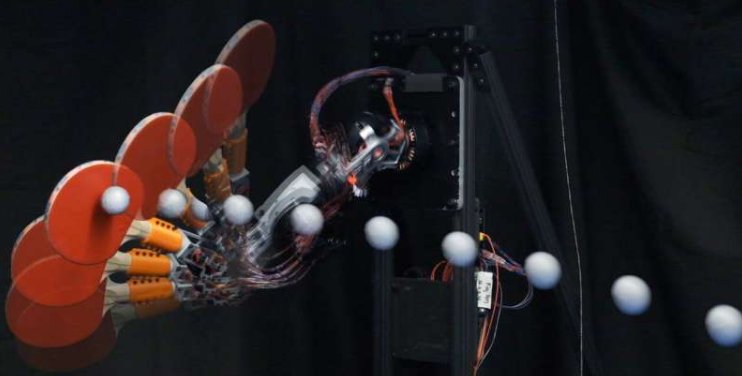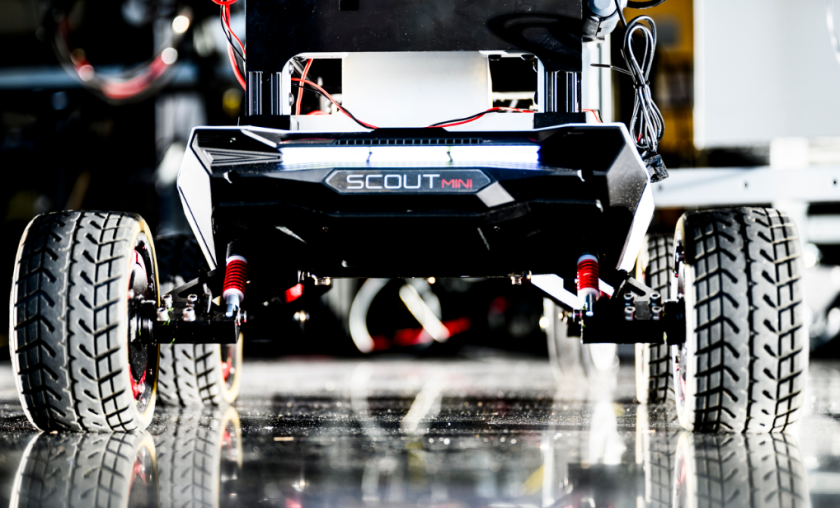
Whenever I find myself really fascinated by biomimicry, I often discover new things inspired by it. This time, it’s a robotic hand that takes ideas from how ants work.
Imagine you’re picking up a slippery soda can with a simple two-finger robot gripper. No suction cups, no fancy sensors, just friction. Sounds tricky, right? That’s exactly the kind of challenge researchers tackled by taking inspiration from “ants”.
Ants use tiny internal hairs inside their mandibles to hold onto food, prey, or whatever else they need to carry. That got scientists thinking, what if adding similar hairs to a robot gripper could make it better at grasping tricky objects like cylinders and flat-sided items?
And so they created, AntGrip, a two-finger gripper designed to mimic those tiny hairs and improve how robots pick things up in warehouses and factories.
How Tiny Fibers Boost a Robot’s Grip
Instead of completely redesigning the gripper, the team made a simple modification: they added soft, flexible hairs to the inside of the gripping pads. These hairs were made from thermoplastic polyurethane (TPU), a material firm enough to provide support but soft enough to flex and grip different shapes. The hairs came in different patterns, angles (30°, 45°, 60°, 75°), and densities to see what worked best.
Putting the Grip to the Test: 2,400 Trials of Robotic Precision
To test the idea, the researchers ran 2,400 grasping trials using 30 everyday objects, things like cans and other common warehouse items. The gripper had to pick up, lift and also manipulate each object while cameras recorded the results.
They ran two experiments:
- Hair angle test: Compared different hair angles to hairless pads to see which one worked best.
- Hair density test: Tested how adding more hairs affected performance, focusing on the best-performing angles (60° and 75°).
The Result
Adding hairs made a huge difference.
- The hairless gripper had a 64% grasp success rate.
- The hairy versions jumped to 83-88.7%, a boost of at least 29%.
- Quality grasps (successful grasps with minimal slippage) more than doubled.
The best results came from a 60° hair angle with the highest density of hairs, leading to a 40% improvement in grasp rate and a 266% increase in quality grasps over the hairless version.

Nature’s Grip Hack
To understand the physics behind this, the researchers measured how the force was distributed across the gripping pads. The results showed that hairs spread the pressure more evenly across the surface, reducing stress points and making the grip more stable. Isn’t it’s nature’s way of saying, “Work smarter, not harder!”.
Instead of pinching an object tightly in a few spots, the hairs helped the gripper hold on more securely without crushing it.
Smart Grip: How Tiny Hairs Make Robots Hold Like Pros
Warehouse robots often use suction cups to pick things up, but suction doesn’t work well on cylinders or rough surfaces. Parallel plate grippers are a cheaper alternative, but they struggle with grip stability. By adding these simple hairs, researchers found a low-cost, easy-to-implement solution that dramatically improves performance without making the gripper more complex.
This research also suggests that ants’ internal hairs do more than just sense objects, they play a key mechanical role in grasping. Future work could explore adjustable hair angles or even robotic grippers that change their surface properties on the fly.
Real-World Applications
- Warehouse automation: Bin picking, shelf stocking, and handling oddly shaped items.
- Manufacturing: Picking up small parts or fragile objects without damaging them.
- Robotics for tight spaces: The slim, long-fingered design makes this ideal for navigating cluttered environments.
Materials Used
The AntGrip prototype combined different materials for durability and flexibility:
- TPU for the gripping pads and hairs
- Aluminum for the fingers and pulleys
- Steel for the linear bearings and rail system
- PLA (polylactic acid) for other structural parts
Takeaway
This study shows that sometimes, the simplest ideas can have a big impact. Instead of designing a whole new gripper, adding tiny hairs, just like ants have, can make a basic two-finger gripper much better at handling real-world objects. It’s a great example of how biology can inspire better engineering, all while keeping things simple and practical.
Source: UK Research & Innovation



